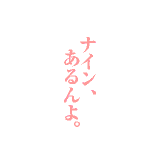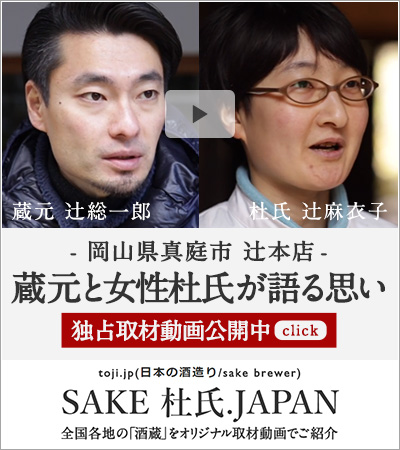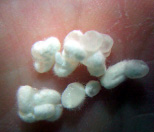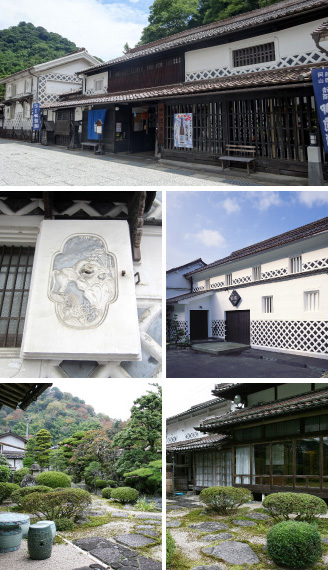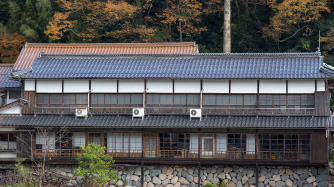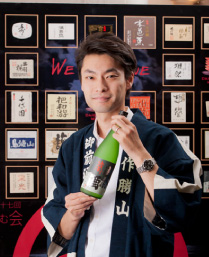
About Our Brewery
Gozenshu Brewery (Tsuji Honten Co., Ltd.) was founded in 1804 in Katsuyama, Okayama by Yahei Tsuji, originally a mercer who ventured into brewing business.
Gozenshu’s sake was initially sold under “Man Etsu” (萬悦) brand, however it was later changed to the current name after the sake was purveyed to the Lord Miura, the ruler of the locality in the mid to late Edo period (18th-19th century.)
Katsuyama is located in the region of Mimasaka (an old name for the northern Okayama) which had been long known as “Umasake no Kuni” (literally translated as “the country of fine brew”.)
With its chilly climate coupled with fine ground water and good sake-rice, Katsuyama bears an ideal environment for sake-making. Indeed, such regional benefits helped form Gozenshu’s motto: “Being responsible for making the finest sake with locally-sourced rice, water and true local craftsmanship.” Over generations, the philosophy has always inspired the brewers to strive for making the best sake without any compromise.
Gozenshu’s sake embodies a clear-cut taste contrary to the sake produced in the southern part of Okayama. While the sake in the south tastes relatively sweet, Gozenshu’s clear-cut taste is what our local drinkers have asked for, largely due to the cold winter they have to endure.
We, at Gozenshu, have been eager at making junmai sake for over four decades long before the recent junmai fad emerged. It is safe to say that junmai makes up for about 70 percent of our overall products.
In the recent years, the brewing is led by Okayama’s first female master brewer Maiko Tsuji (7th generation of the family) who inherited the position of her mentor Takumi Harada after his death in 2007. Harada was a well-known master who had worked for Gozenshu for more than 40 years. With Tsuji steering her team of young brewers, Gozenshu Brewery has been revitalized and continues to dedicate itself in the artistry of sake-making.
Tsuji family was also keen at pursuing cultural activities during Meiji and Showa periods. Since the family-heads of the times were so-called culturati, our brewery was visited by famous artists and writers by the likes of Tekkan and Akiko Yosano (author/poet), Saishu Onoe (poet/chirographer), Hekidoto Kawahigashi (poet/essayist) to name a few. On a side note, a Japanese literary giant, Junichiro Tanizaki (also a sake enthusiast) wrote one of his major novels, The Makioka sisters, while he was evacuated in Katsuyama during WW II. His temporary residence remains until now and continues to attract the visitors to the town.
In the recent past, the list of those who fondly visited our brewery includes Tatsuya Naramoto (historian), Yasaburo Ikeda (scholar), Kiyoshi Atsumi (actor) and Rokusuke Ei (lyricist).
“Cultural exchange through finest sake” was precisely what the history of Gozenshu is made up of. All was made possible through the earnest dedication of our ancestors who conveyed the true art of sake-making and its culture.
Soichiro Tsuji
President, Tsuji Honten Co., Ltd.
![[GOZENSHU]辻本店[Tsuji Honten]](../../assets/img/parts/h-logo.png)


